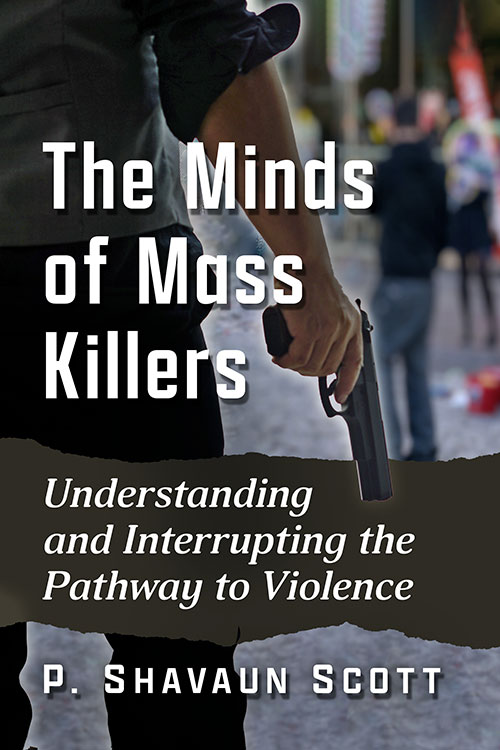The Minds of Mass Killers
Understanding and Interrupting the Pathway to Violence$29.95
8 in stock
About the Book
Public mass killings are becoming more common. Though the chances of being harmed or killed in a mass shooting are slim, each incident affects the public’s sense of safety. There are many myths and falsehoods concerning mass murderers. As a result, the public lacks reliable knowledge about the reasons behind such killings, preventing the development of comprehensive strategies to mitigate the violence.
Written by a mental health therapist with thirty years of clinical experience in violence prevention, this book clarifies the realities of mass killings. Using research from forensic psychology, it provides a foundation for understanding the “pathway to violence” identified in the personal histories of many mass murderers. Drawing from criminology, neuroscience and developmental and social psychology, the author makes the case that we are all capable of creating a safer society.
About the Author(s)
Bibliographic Details
P. Shavaun Scott
Format: softcover (6 x 9)
Pages: 372
Bibliographic Info: notes, bibliography, index
Copyright Date: 2021
pISBN: 978-1-4766-8447-5
eISBN: 978-1-4766-4572-8
Imprint: Exposit
Table of Contents
Preface 1
1. At War with Ourselves 7
2. Trends and Typologies 29
3. The Pathway to Violence Stage 1: Grievance 45
4. The Pathway to Violence Stage 2: Ideation and Foreshadowing 59
5. The Pathway to Violence Stages 3 & 4: Research and Planning 79
6. The Pathway to Violence Stages 5 & 6: Breach and Attack 96
7. Into the Mind 110
8. Personality and Bullying 134
9. Complicating Factors: Autism Spectrum Disorder, Traumatic Brain Injury, and Trauma 158
10. Racial, Ethnic, and Politically Motivated Violence 178
11. Gender-Based Violence 202
12. The Conspiracy Mindset 219
13. Our Electronic Culture 233
14. Guns, Guns, and More Guns 254
15. What We Can Do 278
Afterword 307
Chapter Notes 311
Bibliography 343
Index 365









